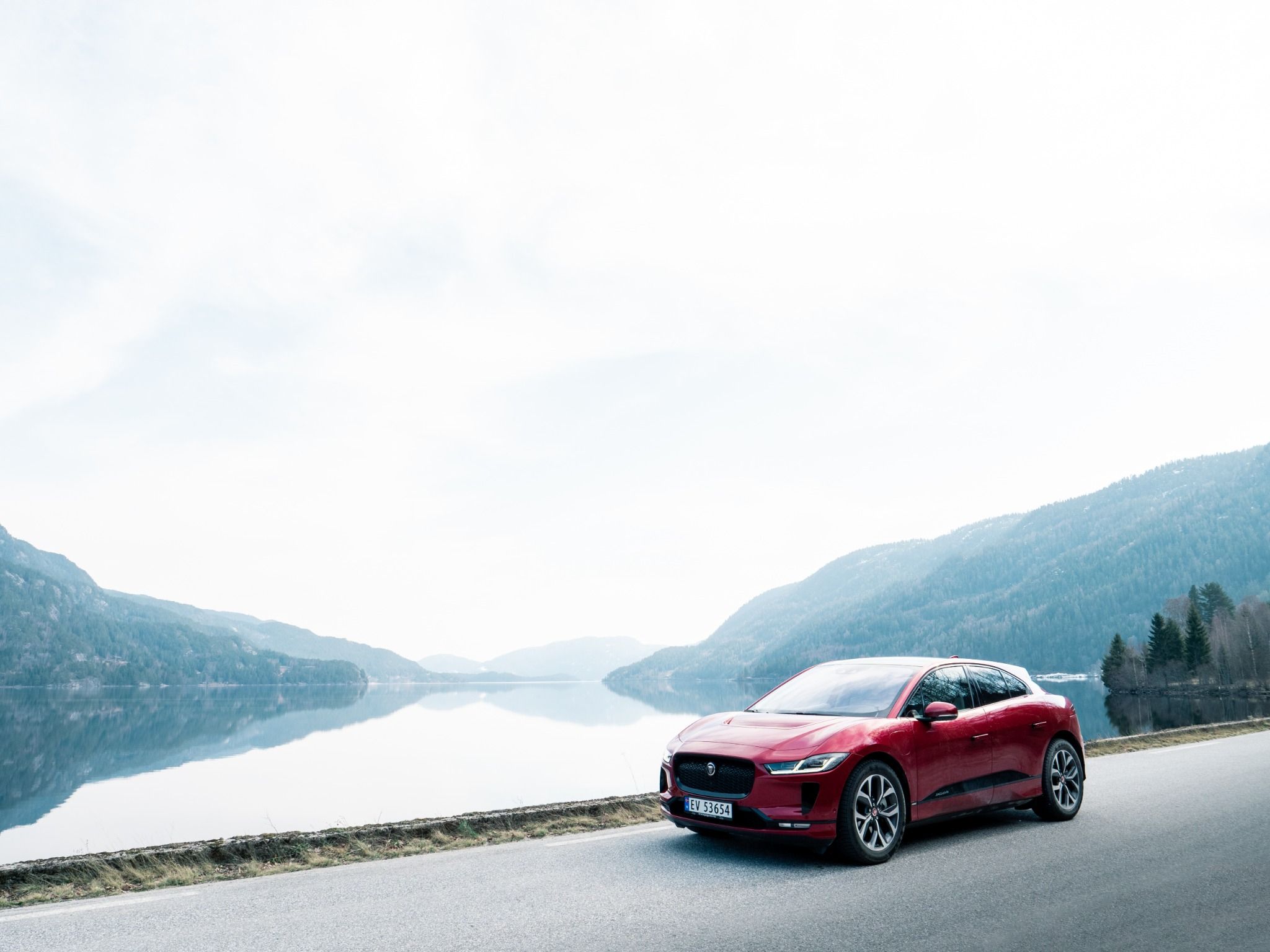What you can do to maximise the charge you’ve got
Electric cars, much like petrol and diesel cars, are affected by a variety of different factors. These factors can often have a serious impact on an EV’s range, or how far it’s able to travel on a single charge.
Here, we’re going to take a look at what affects an electric car's range and what you can do to maximise the charge you’ve got.
Hills
Electric cars aren’t big fans of hills. Climbing up steeper gradients or tackling consistent climbs puts more strain on an electric motor, which in turn requires more energy from the battery. The long and the short of this is that pulling up hills will reduce your range more quickly than if you were on the flat.

However, you can do some things to lessen the impact. It’s a good idea to have a car’s regenerative braking set to its lowest setting so that the car doesn’t start to slow itself down. You’ll then be able to accelerate up the hill before lifting off the throttle just before the top. This will leave you able to ‘coast’ over the brow of the hill, saving some vital energy in the process.
Consistent high speeds
Another thing that will quickly sap a battery is travelling at consistently high speeds. Essentially, the higher speeds you travel at, the more wind resistance you create. In doing so, it makes it harder for the car to ‘cut’ through the air. In addition, the motor will be working harder to keep you at this higher speed.

You could see a real improvement in your range by travelling more slowly. Of course, you shouldn’t drive at dangerously slow speeds, but even 5mph less than the speed limit could make a difference.
Cold temperatures
Ever had a petrol or diesel car’s battery working just fine right up until the weather turns cold? You’ll know of the impact that a drop in temperature can have on electrical systems, then. An EV’s batteries rely on a chemical reaction to absorb and release energy. When it gets cold, these processes take longer and, as a result, you won’t get as much range from your EV.

However, many new cars are being fitted with heat pumps which can keep an EV’s batteries at a level temperature and help boost range in the process.
Weight
As with a petrol or diesel car, having more weight in an electric car can really dent efficiency. After all, more energy is needed to move this greater weight, which in turn depletes the batteries more quickly.

So if you don’t need to travel with certain items of luggage - or even smaller things such as coats and umbrellas - remove them. It may sound unnecessary, but all these aspects add up to a big change.
Lots of acceleration
Electric vehicles offer an instant delivery of torque that makes pressing the throttle really exciting. It can be a little intoxicating, in truth, but it can have quite an impact on how much range you have.

So though it may seem tempting to step on the pedal whenever the moment arises, you’re better off with more gradual applications if you’re after the best possible electric range.
